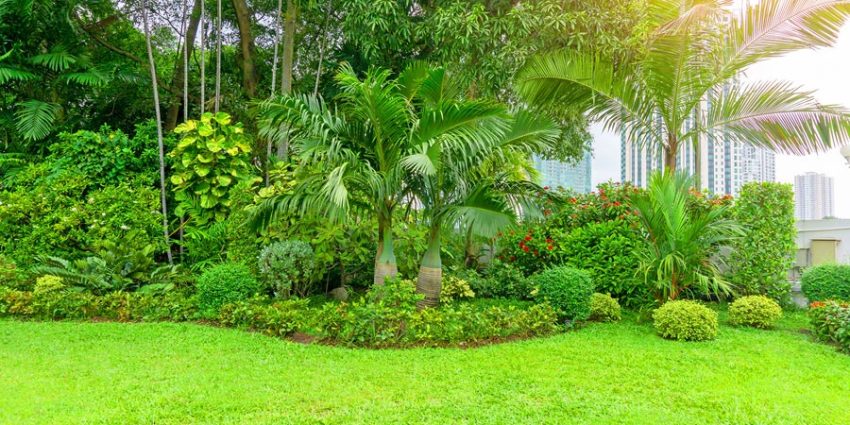Summer is a vibrant season for gardens and green spaces, yet the sweltering heat can pose significant challenges. As temperatures soar and rainfall becomes a rare guest, maintaining lush and healthy landscapes demands strategic care and attention. Let’s delve into essential summer maintenance tips that will ensure your green spaces not only survive but thrive during the hottest months of the year.
Watering Practices
Water is the lifeblood of any garden, especially during the heat of summer. Getting the watering right can mean the difference between vibrant and wilted plants:
- Timing Is Everything: Water early in the morning or late in the evening when temperatures are cooler. This reduces water loss due to evaporation and gives plants time to absorb moisture before the heat sets in.
- Deep, Infrequent Watering: Instead of frequent shallow watering, opt for a deeper, less frequent approach. This encourages roots to grow deeper, making plants more drought-resistant.
- Smart Watering Systems: Consider investing in drip irrigation or soaker hoses that deliver water directly to the base of the plant. These systems are efficient and target water exactly where it’s needed, reducing waste and minimizing foliage diseases triggered by overhead watering.
Mulching
Mulch isn’t just a garden’s aesthetic enhancer—it’s a moisture-retaining shield that keeps soil cool and roots happy:
- Choose Your Mulch Wisely: Organic mulches like wood chips or shredded bark enrich the soil as they decompose and help maintain moisture. Inorganic mulches like stones or gravel are better suited for areas prone to pests or where water conservation is a priority.
- Apply the Right Amount: A layer of about 2-3 inches of mulch is ideal. Be careful not to pile it too close to plant stems to avoid rot.
Pruning and Trimming
Summer pruning is not just about maintaining aesthetics; it’s about encouraging healthy growth and ensuring plants spend their energy wisely:
- Promote Health: Remove dead or diseased branches to help prevent the spread of diseases and pests. Clearing away weak limbs also allows the stronger parts to better withstand summer storms.
- Shape and Support: Trimming helps control the shape and size of your plants, ensuring they don’t overextend themselves in ways that could be harmful during periods of intense heat.
Soil Maintenance
Healthy soil translates to healthy plants. Summer’s extreme conditions make maintaining soil quality vital:
- Aeration: This is especially important for high-traffic areas where soil compaction can prevent water from penetrating the ground. Aeration helps improve drainage and allows oxygen to reach plant roots.
- Enrich Soil: Adding organic matter such as compost or well-rotted manure can boost the nutrient content and improve soil structure, helping it retain more moisture during dry spells.
Sustainable Landscaping Practices
Adopting sustainable practices is not just good for your garden; it’s good for the planet:
- Xeriscaping: This landscaping method minimizes the need for irrigation by using drought-resistant plants and water-efficient practices. It’s particularly useful in arid climates.
- Native Plant Gardening: Native plants are adapted to local environmental conditions and often require less water, fewer fertilizers, and fewer pesticides.
- Rainwater Harvesting: Collecting rainwater to use in your garden not only reduces your water bill but also provides your plants with chemical-free hydration.
Conclusion
Managing landscaping during the summer requires a proactive approach focused on efficient watering, soil care, and plant health. By following these tips, you can ensure that your garden remains a thriving oasis of greenery, regardless of the heat. Remember, the key to a healthy landscape is not just about tackling the challenges of summer but preparing for them well in advance. So, grab your garden tools and let’s make this summer a flourishing one for your green space!

